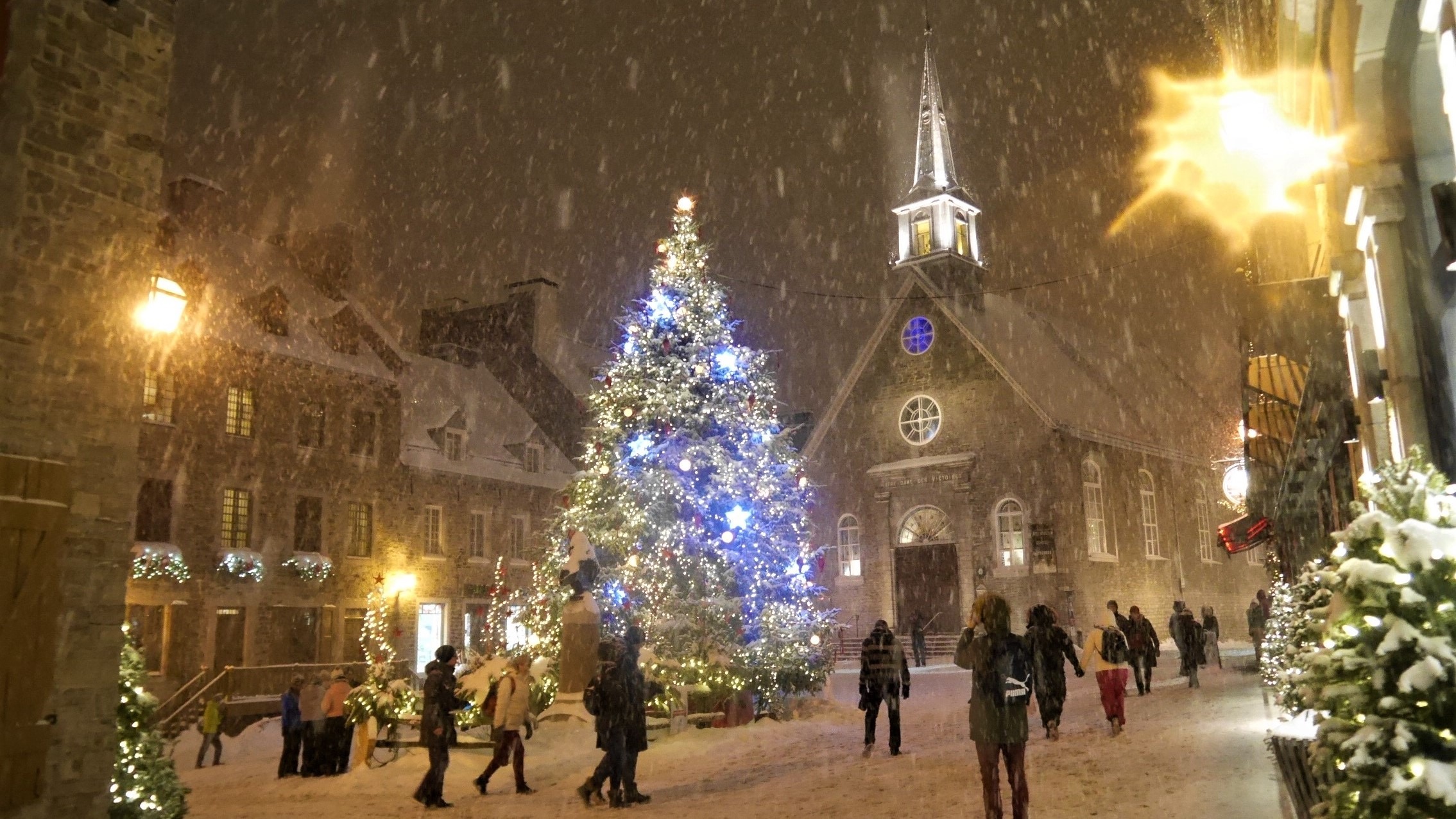8 Christmas traditions from around the world
Have you ever wondered who was the first to bring trees inside to celebrate Christmas, or where Advent calendars originally came from? Some traditions are well-known, while others are lesser-known but just as fascinating. We’ve tracked down the roots of these customs, so you can learn more about how the world celebrates Christmas in various ways.
1. Advent Calendars in Germany

The tradition of using Advent calendars, which count down the days until Christmas, began in Germany. Advent, meaning “coming” in Latin, marks the four weeks before Christmas. In the 19th century, German Protestants would mark 24 chalk lines on doors and cross one off every day in December to count down. By the early 20th century, German innovator Gerhard Lang began mass-producing paper Advent calendars, inspired by a calendar his mother made for him as a child. These calendars later evolved into ones with doors that could be opened, and in the late 1950s, they started including chocolate behind each door. Today, giant Advent calendars can be seen adorning buildings in cities across Europe.
2. Christmas Tree Decorations in Europe

The tradition of decorating Christmas trees can be traced back to Europe, especially among pagan societies. They would bring evergreen trees indoors during the winter solstice to symbolize eternal life and ward off evil. These trees were often adorned with candles and ornaments representing celestial symbols. While it’s unclear when exactly fir trees were first used as Christmas trees, Tallinn, Estonia, and Riga, Latvia, both claim to have the first documented instances of public Christmas trees. Today, the most common types of trees used are fir, spruce, and pine.
3. Noche de las Velitas in Colombia

On December 7, Colombians celebrate the start of the Christmas season with the Noche de las Velitas, or Night of the Little Candles. This tradition honors Mary and the Feast of the Immaculate Conception. Homes and streets are illuminated with millions of candles and colorful paper lanterns. Over the years, this once-small celebration has grown to include music, fireworks, and food markets. Similar traditions can be found in Santa Fe, New Mexico, where people celebrate with paper bags filled with sand and a tealight, creating a magical atmosphere.
4. Christmas in Ethiopia

In Ethiopia, Christmas is celebrated on January 7 due to the country’s use of the Julian calendar. Known as Ganna or Genna, Ethiopian Christmas is celebrated in white clothing, with most people wearing the traditional netela, a thin cotton shawl. Many Ethiopians believe that the three wise men were Ethiopian, adding an extra layer of significance to the holiday. This unique celebration is filled with religious ceremonies, feasts, and cultural practices.
5. Poinsettias in Mexico

Poinsettias, native to Mexico, have become a Christmas symbol in many countries. According to Mexican legend, a poor girl who had no gift for the Christ child gathered a handful of weeds and placed them by the nativity scene. Miraculously, the weeds bloomed into bright red flowers, and since then, the flowers—called Flores de Noche Buena (Flowers of the Holy Night)—have become associated with Christmas. In Mexico, they are commonly used to decorate homes and churches during the holiday season.
6. La Quema del Diablo in Guatemala

Guatemala celebrates a unique Christmas tradition known as La Quema del Diablo or the Burning of the Devil. On December 7, the eve of the Feast of the Immaculate Conception, people gather in towns to burn effigies of the devil in bonfires. This ritual, which dates back to the 17th century, is believed to purify the home from evil spirits. It’s a lively celebration with fireworks, music, and food. After the devil is burned, families enjoy traditional treats like buñuelos (donuts) and warm fruit punch.
7. Midnight Mass in Rome

Midnight Mass is a beloved tradition celebrated in many Christian countries worldwide. The practice is believed to have originated with pilgrims in Bethlehem during the 4th century. In the 5th century, Pope Sixtus III introduced the tradition of midnight Mass at the Basilica of Santa Maria Maggiore in Rome. The tradition has since spread across the globe, with many attending services on Christmas Eve to honor the birth of Jesus.
8. Réveillon de Noël in Québec

In Québec, Christmas Eve is celebrated with a late-night feast known as Réveillon. Families gather after attending midnight Mass, where they open gifts and indulge in a lavish meal. Traditional dishes include tourtière (minced meat pie), mashed potatoes, turkey with stuffing, and scallops. Desserts like bûche de Noël (Yule log cake) and sucre à la crème (sweet sugar and cream tablets) follow. The celebration may last until the early hours of the morning, with everyone enjoying food, family, and festive fun.
Christmas traditions vary widely around the world, with each culture adding its own special touches to the holiday season. From lighting candles in Colombia to enjoying a Yule log in Québec, these traditions reflect the shared joy of the Christmas season, no matter where you are.